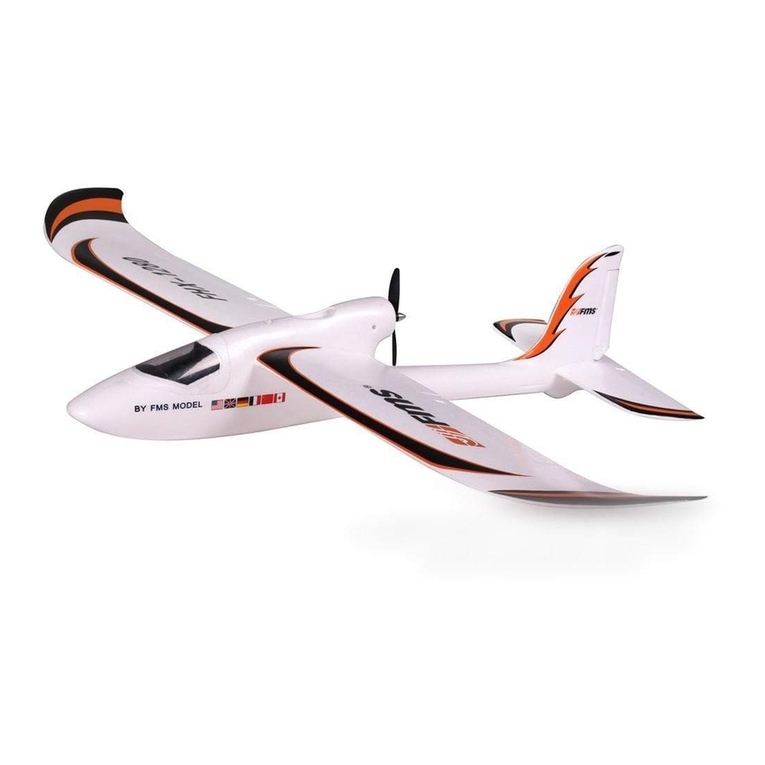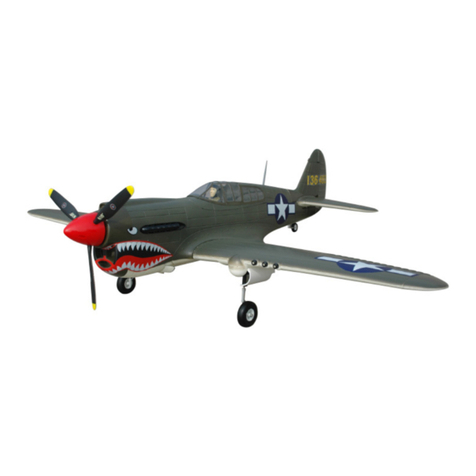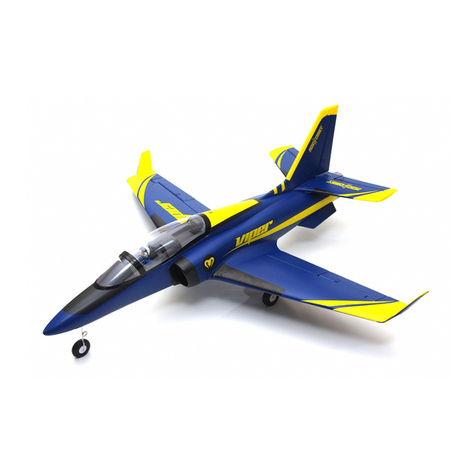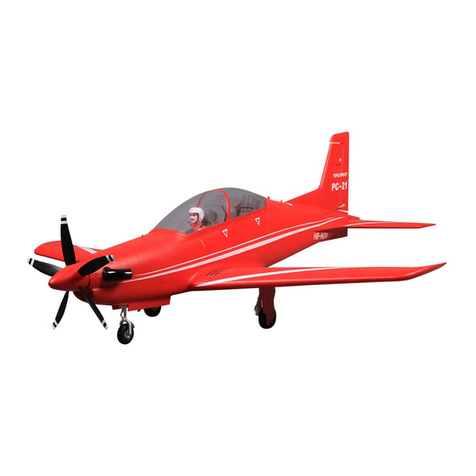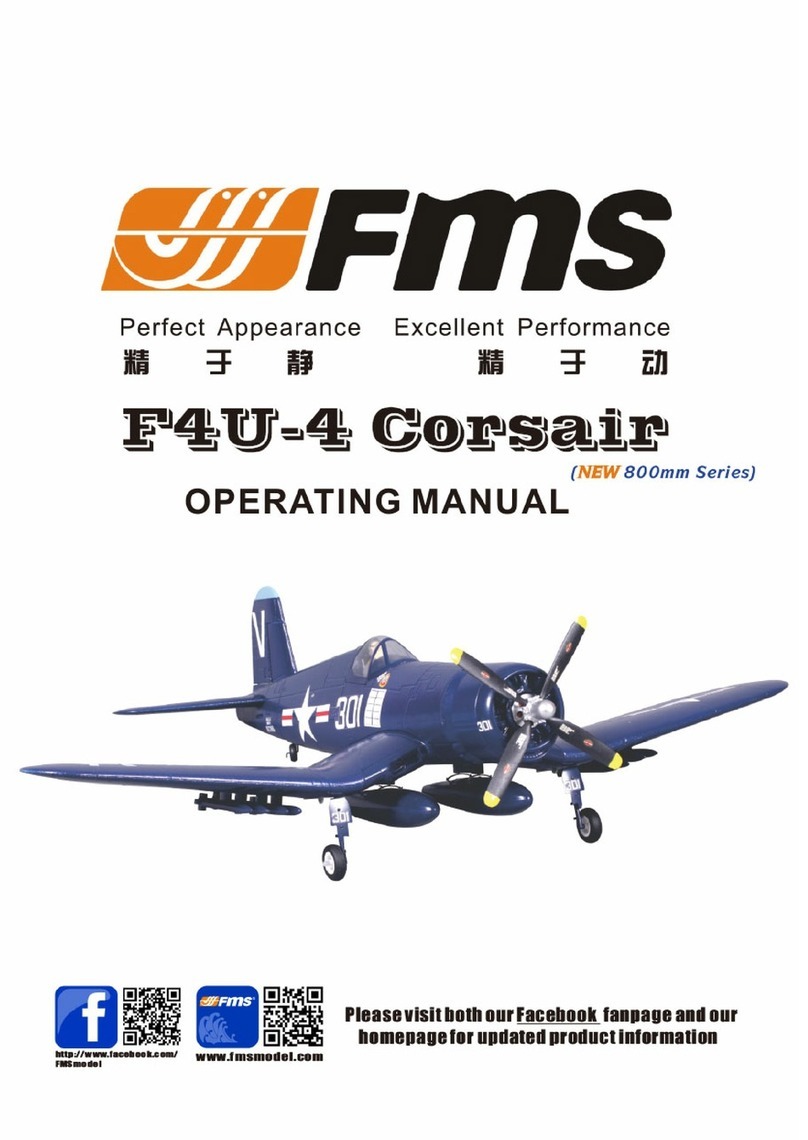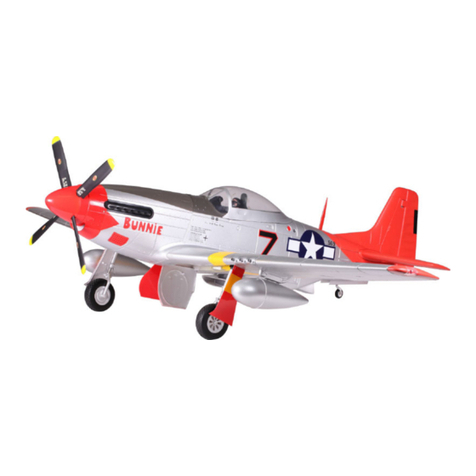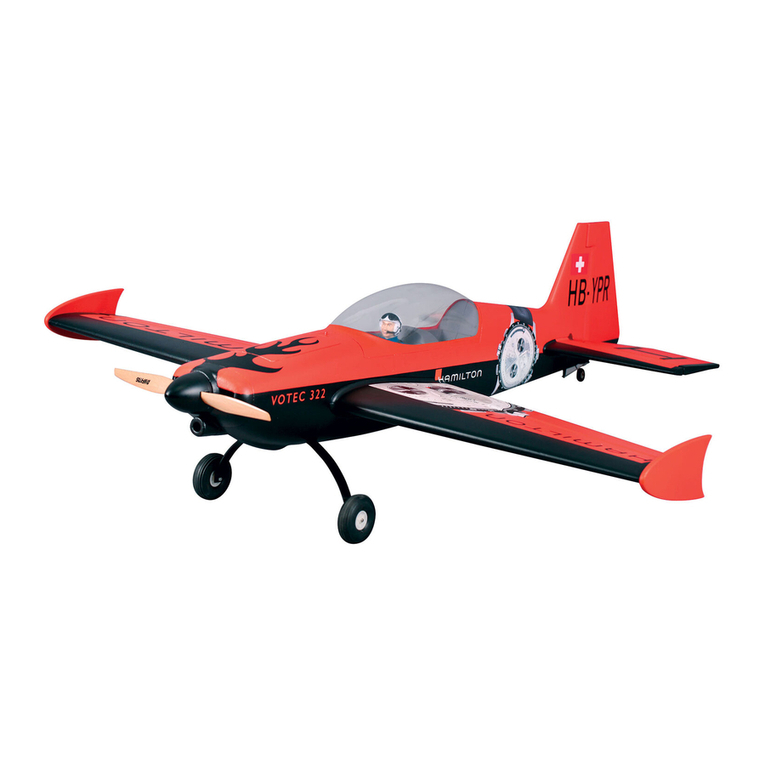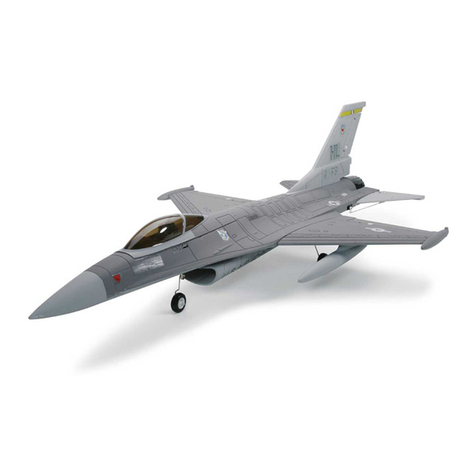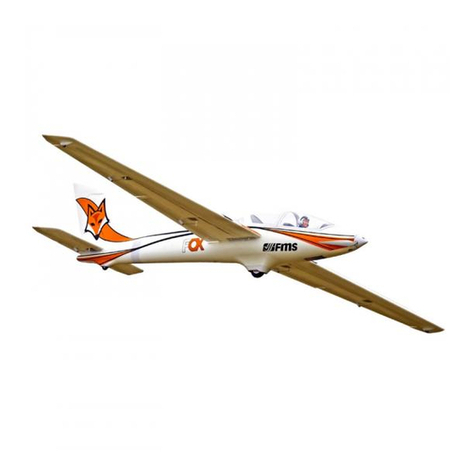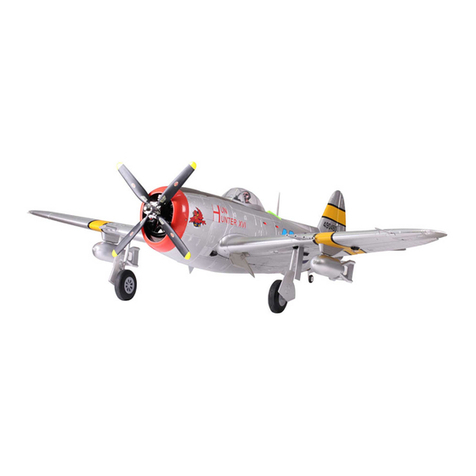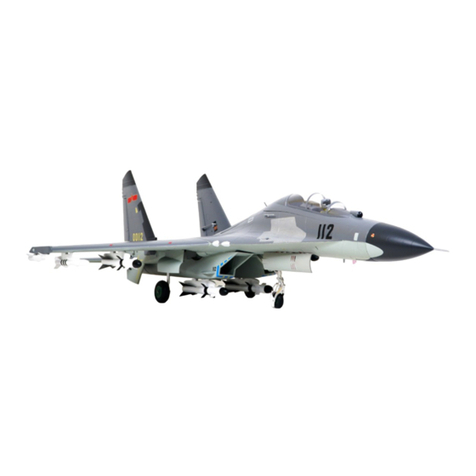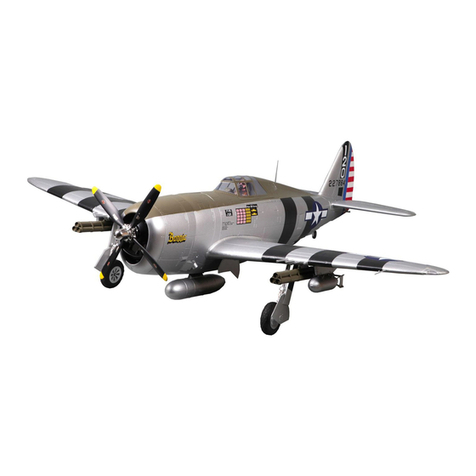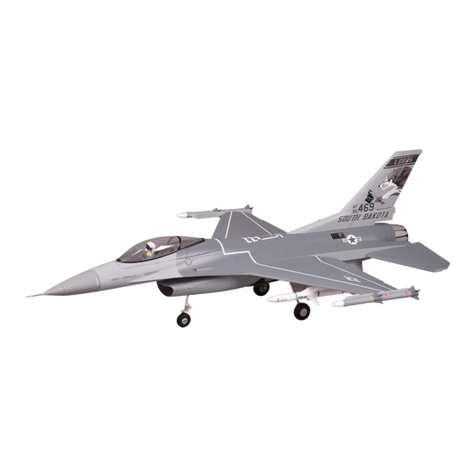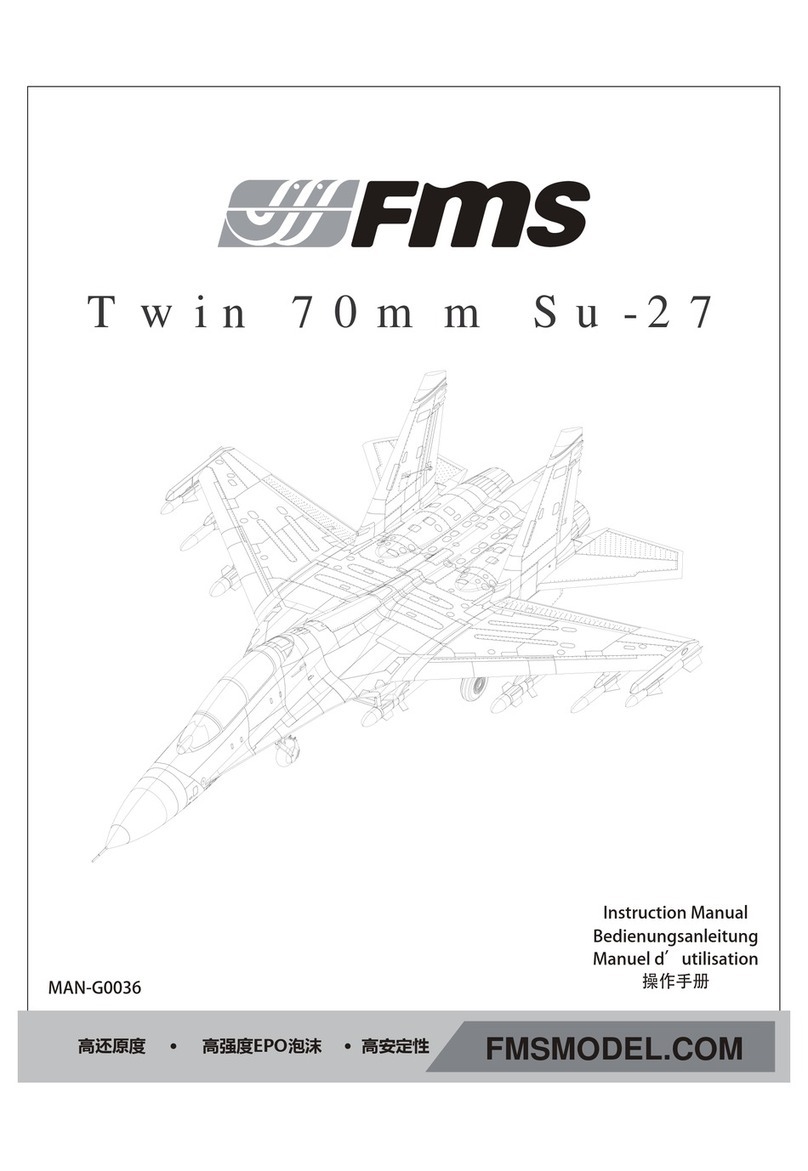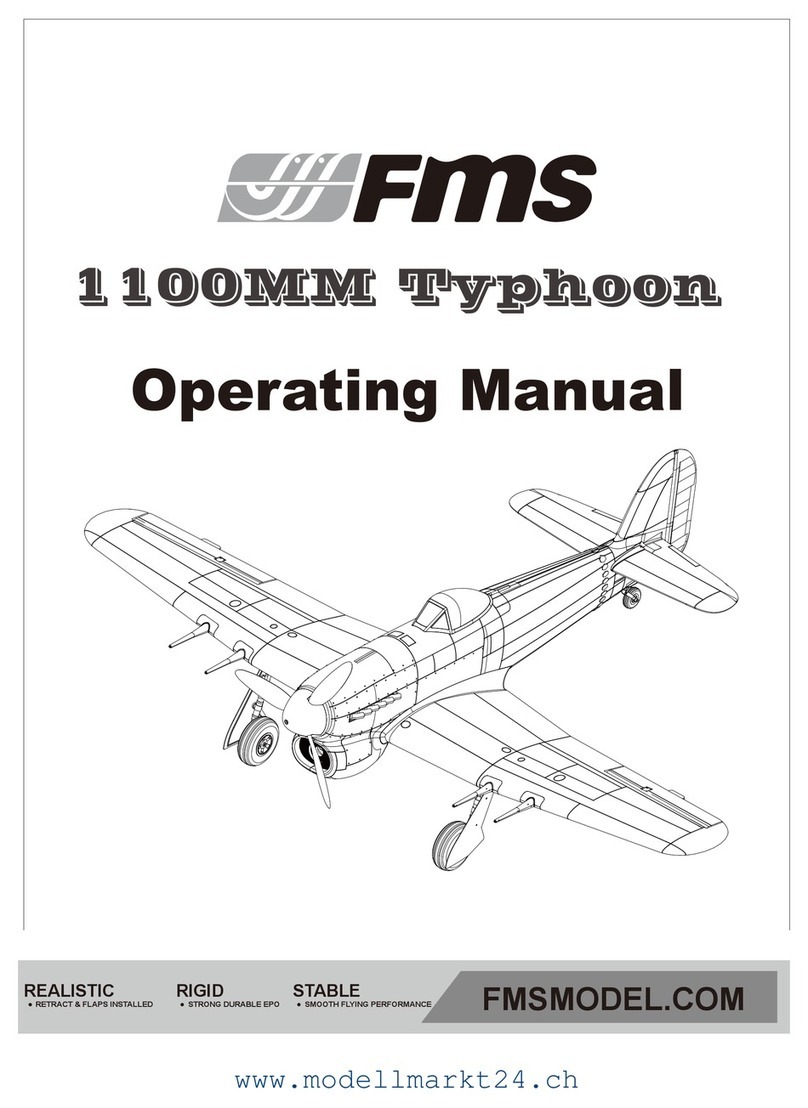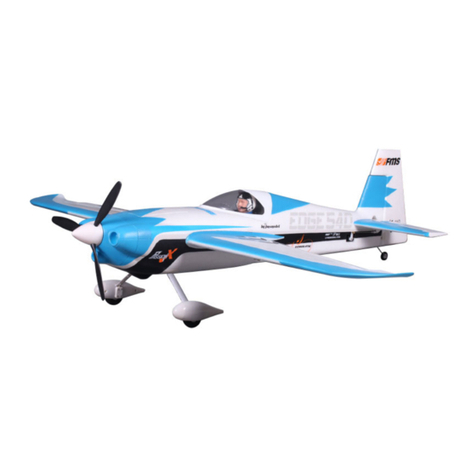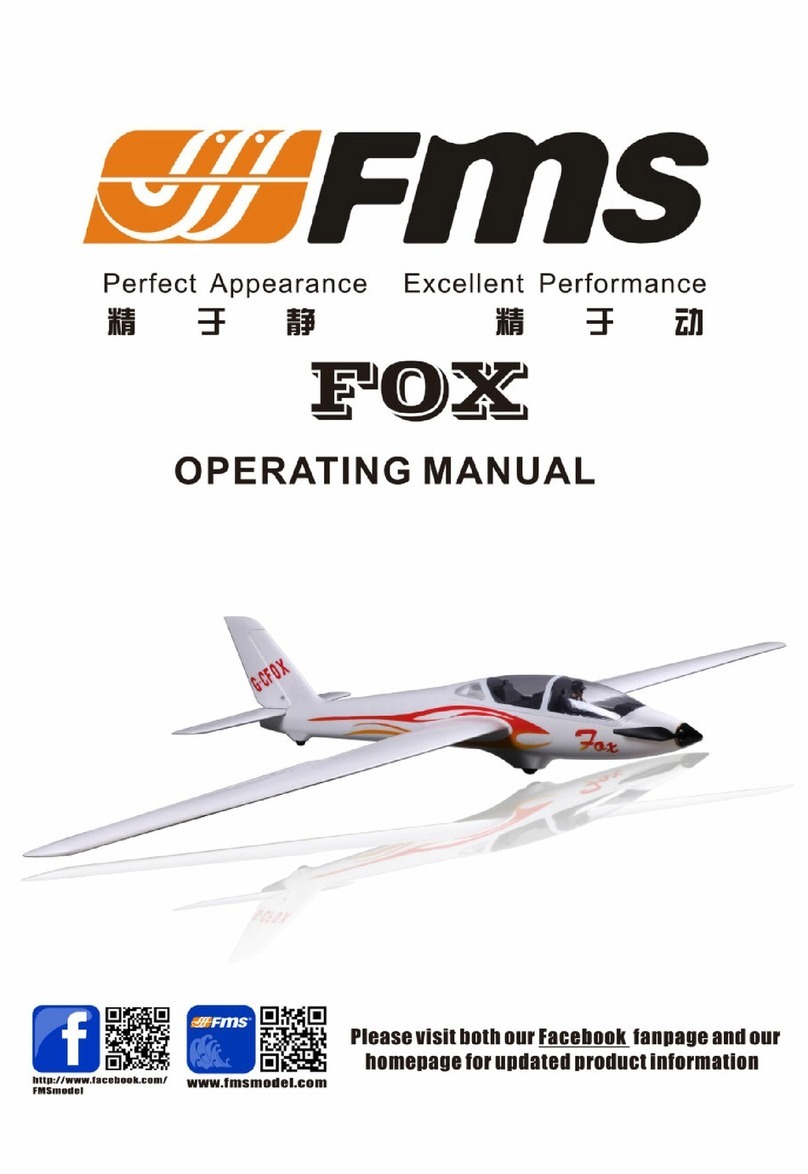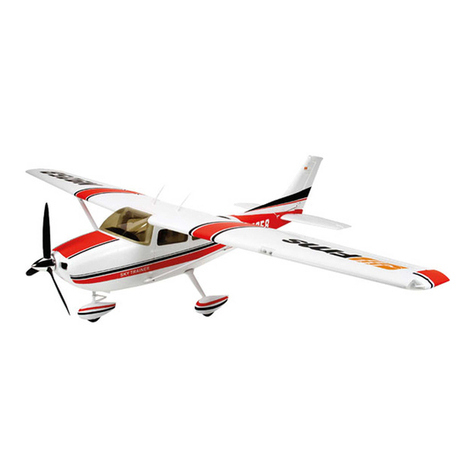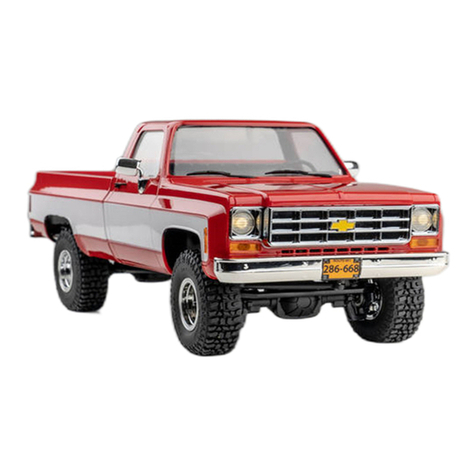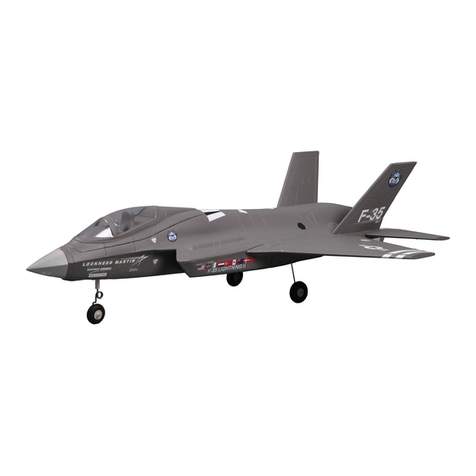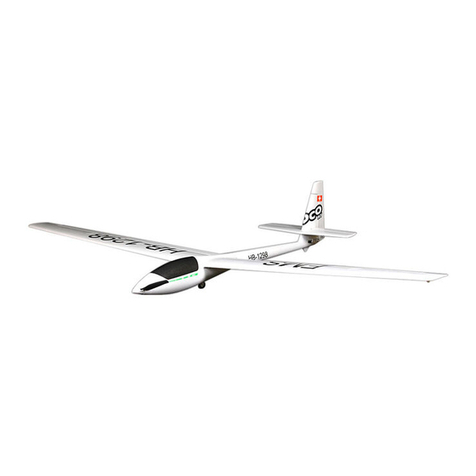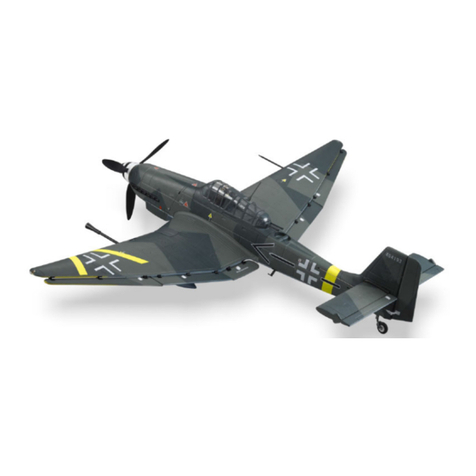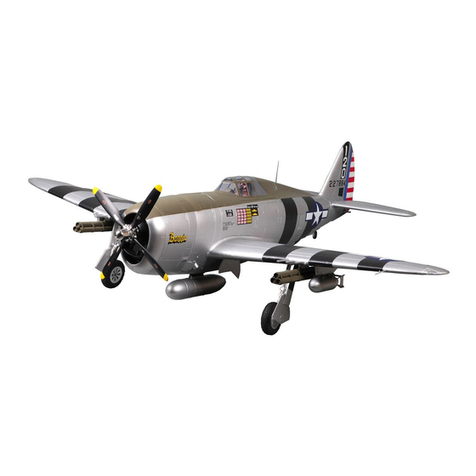
Introduction
Contents of Kit
Model Assembly
Battery installation
Connectors Diagram
Get your model ready to fly
Important ESC and model information
The transmitter and model setup
Check the control throws
Clevis Installation
Control Horn and Servo Arm Settings
Center of Gravity(CG)
Before flying the model
Flying your model
Troubleshooting
Spare parts list content
Table of Contents
3
··························································································································3
························································································································4
······················································································································5
···················································································································9
···············································································································9
······································································································10
························································································10
·······························································································10
········································································································11
··················································································································12
························································································12
·············································································································13
···········································································································14
·················································································································15
····················································································································16
···········································································································17
ESC instruction ·
Introduction:
····················································································································18
New from FMS, the new and highly detailed F/A-18F Super Hornet.
The F/A-18F Super Hornet is a tandem-seat, carrier-capable, multirole fighter and attack aircraft
based on the McDonnell Douglas F/A-18 Hornet. Designed and initially produced by McDonnell
Douglas, the Super Hornet first flew in 1995. The Super Hornet entered service with the United
States Navy in 1999, replacing the Grumman F-14 Tomcat, which was retired in 2006; the Super
Hornet serves alongside the original Hornet.
FMS is proud to bring you this new and highly detailed 70mm Ducted Fan F/A-18F Super Hornet.
Incorporating many of the new and advanced construction and assembly features such as the
optimized screw based assembly, pre-installed ball links and a heavy-duty wing spar, the super
hornet is quick to assemble and disassemble. Based on the original 64mm F/A-18 Hornet, the
70mm F/A-18F Super Hornet features rich details, clean lines, CNC-Machined shock-absorbed
landing gear sets, and a Button-type canopy hatch. Included with the model are four decal sets
that allows you to make your own Super Hornet and stand out in your airfield.
The power system, which provides tremendous thrust and speed, utilizes our new and improved
70mm 12-blade EDF V2, KV1850 motor system. This brawny system, when coupled with a 6S
battery, provides a resonating turbine engine sound.
The EPO material ensures the durability. The environmentally friendly water-based paint ensures
vibrant and glossy color schemes. The significant input of the basic materials makes this airplane
fantastic.
Go get the Super Hornet and discover for yourself this new addition to FMS’ growing EDF fleet.
Key Features:
·High quality Predator 70A ESC, Powerful KV1850 inner running motor with the latest 70mm 12-blade
EDF
·CNC-Machined shock-absorbed landing gear sets
·Screw-together construction
·Button Type canopy hatch
·Pre-installed, newly designed ball link style control horns for more throw.
·A set of 4 different decals so you can customize yourself.
